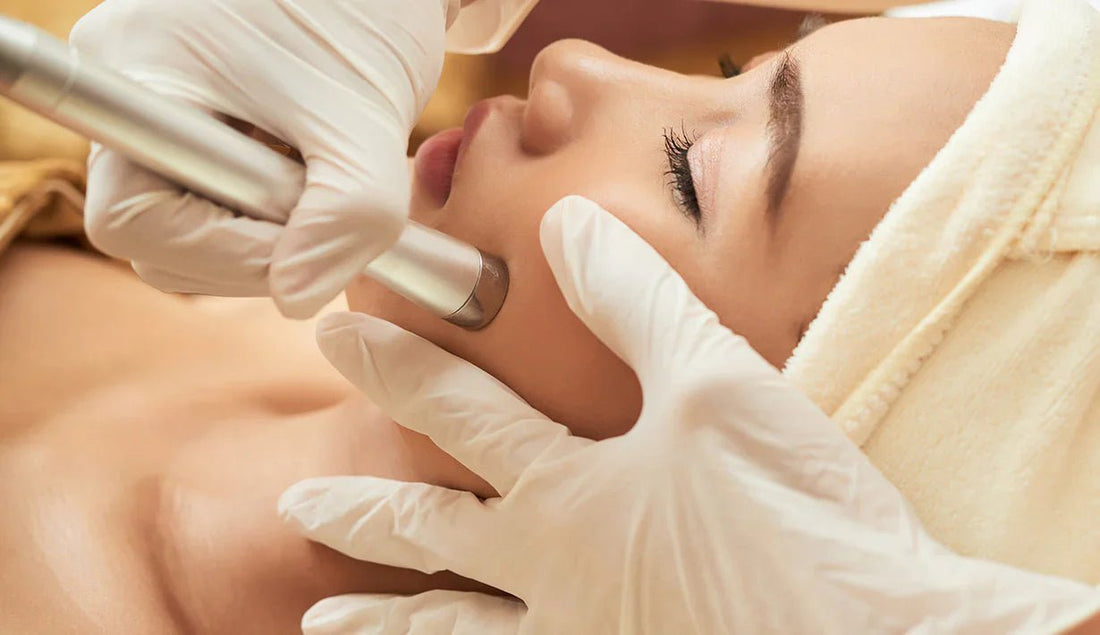
🔬 What Is Collagen Induction Therapy?
Collagen Induction Therapy involves using a device with tiny, sterile needles to create controlled micro-injuries in the skin. This stimulates the body’s natural wound healing process, leading to increased collagen and elastin production.
📌 Key Points to Know:
✅ 1. Purpose & Benefits
-
Reduces fine lines and wrinkles
-
Improves acne scars and stretch marks
-
Minimizes large pores
-
Enhances skin texture and firmness
-
Can improve hyperpigmentation and sun damage
🕒 2. Multiple Sessions Are Needed
-
Typically, 3–6 sessions spaced 4–6 weeks apart for best results
-
Results are progressive, not instant
-
Maintenance treatments may be needed annually
⚠️ 3. Downtime and Side Effects
-
Mild redness, sensitivity, and slight swelling for 1–3 days
-
Avoid sun exposure, makeup, and harsh skincare for 48 hours post-treatment
-
Full recovery within a week
💉 4. Professional vs. At-Home Devices
-
In-clinic treatments use longer needles (1.5 mm+) for deeper results
-
At-home dermarollers are milder (0.25–0.5 mm) and mostly help with product absorption
-
Professional treatments are safer and more effective for skin concerns like scarring or wrinkles
🧴 5. Aftercare Is Crucial
-
Use gentle, hydrating serums (like hyaluronic acid)
-
Avoid actives like retinol, AHAs, or vitamin C for 3–5 days
-
Keep skin moisturized and protected with broad-spectrum sunscreen
🚫 6. Not Suitable For Everyone
Avoid CIT if you have:
-
Active acne or rosacea flare-ups
-
Eczema, psoriasis, or skin infections
-
Blood clotting disorders or are on blood thinners
-
Poor wound healing or recent use of isotretinoin
💰 7. Cost & Value
-
Professional sessions range from $150–$600+ depending on area and clinic
-
Considered minimally invasive with long-term skin benefits

